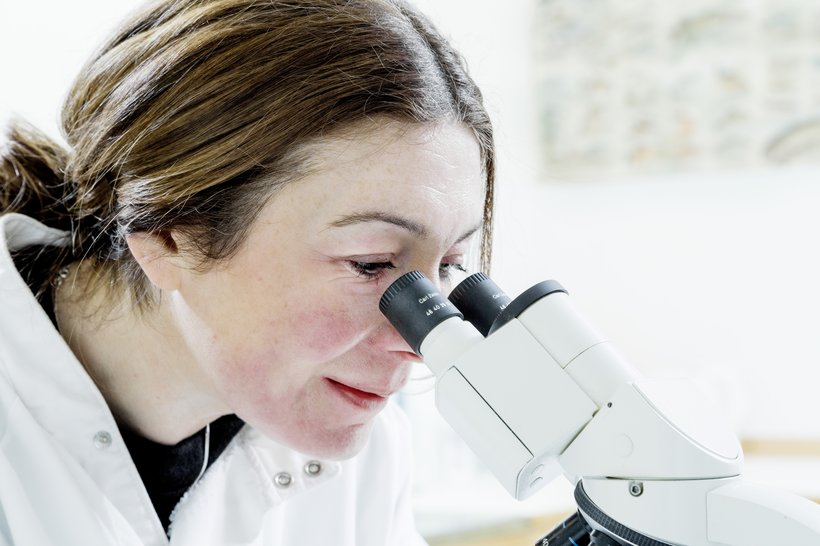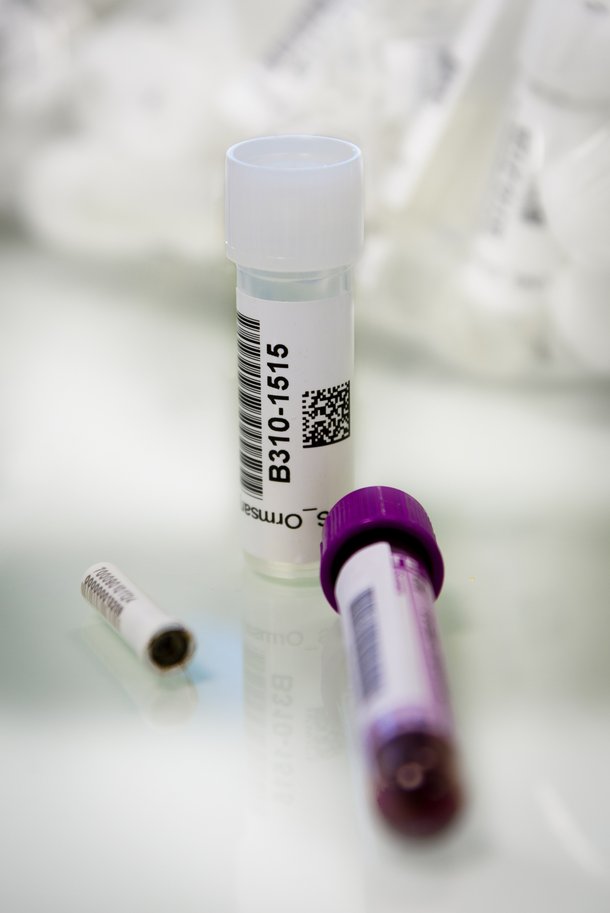
Published on Sept. 20, 2019
Research and development: critical success factors
Frans van Sambeek, Director Research and Development, explains the most recent advances in breeding, research and testing and explores some of the critical success factors that underpin the genetic progress of ISA layers.
Historic starting point
When ISA and Hendrix Poultry Breeders merged in 2005, the respective breeding programs were combined into one large operation, where the best of both worlds in terms of genetic lines, selection methods, data records and recurrent testing program legacies were combined. Crucially, the testing duration was extended to 100 weeks of age.

The extended production cycle adopted in our pure line and field tests is the real key to realizing our mission to breed layers capable of laying 500 first quality eggs per cycle. We have learned from past observations that the birds that produce the best eggs up to 60 weeks are not always the birds that also produce the best eggs at an older age.
Field performance data (recurrent testing)
Recurrent tests are crucial to the breeding program. To test the performance of crossbred birds in commercial conditions and the differing climatic conditions found in many parts of the world, the recurrent testing program now involves well over 350,000 pedigree birds annually. The testing of crossbred daughters of male breeding candidates encompasses daily recording of egg numbers and mortality, monitoring of egg weight development, and egg quality related traits such as shell strength integrity, shell color intensity, albumen height and Haugh units.

The data is collected with the use of handheld computers and state-of-the-art measurement devices. Data is sent directly from the farms to the central database where it is collated and analyzed using bespoke software. Breeding values are determined by pure line, recurrent test and genomic data assessed against the breeding goals for a particular line.
With these breeding values, the best candidates are then selected for further breeding which enables continuous improvement of the gene pool with each generation. All lines are selected for their genetic potential for laying a maximum number of eggs without compromising on egg quality and bird health. However, there are different points of emphasis on various traits depending on market needs for parameters such as egg size, internal egg quality, robustness and efficiency. These improved Pure Lines pass the genetic improvement further to the GPS, PS and in the end the Commercial Stock.
Collaboration – The Gallus Futurus Project
Collaboration is another foundation of the breeding program. The Gallus Futurus project was established to research and develop a breeding system to make use of data collected in alternative housing systems. In addition to our seven research farms across the world, collaboration with researchers at the respected academic institutes, INRA in France and Wageningen University in The Netherlands, has been a key part of the project.
Gallus Futurus focuses on egg production, egg quality as well as behavioral traits, through the use of video recording and behavior tests. A major step in this area of research is a large facility in France where a floor system is recreated and data collected from different crosses to compare docility and aggressive behaviors
Gallus Futurus also focuses on the vital traits of forgivingness and robustness in order to discover the most robust birds, the ones that recover best and that are the most forgiving in terms of production, feathering and mortality. Under test conditions, the house is divided into two, creating a control group and then reactions and recovery to fluctuating heat and feed stresses are measured.
Genomic selection
In addition to phenotypic data, we are using genotypic data in the breeding program resulting in. Making use of genomic breeding values helps geneticists to select the birds with the highest potential at an early age. It is able to distinguish between full sibling brothers, indicating which male has the best genes for persistent egg numbers with high quality.

Investment and innovation
We invest around 20% of its turnover in its breeding program in order to accomplish its objectives. In the last decade, investment has been made in expanded field-testing to account for differing climatic conditions, extending pure line testing to 100 weeks of age, renovating egg quality research facilities across the world, collaborating with INRA and WUR in research projects, including Gallus Futurus, and applying genomic selection to increase speed and accuracy of selective breeding.
Currently, with all egg research laboratories in Canada, France and The Netherlands are renovated to the highest standards with state-of-the-art technology and equipment. This will ensure absolutely no compromises are made in the pursuit of breeding healthy birds that are able to produce high numbers of high quality eggs.
